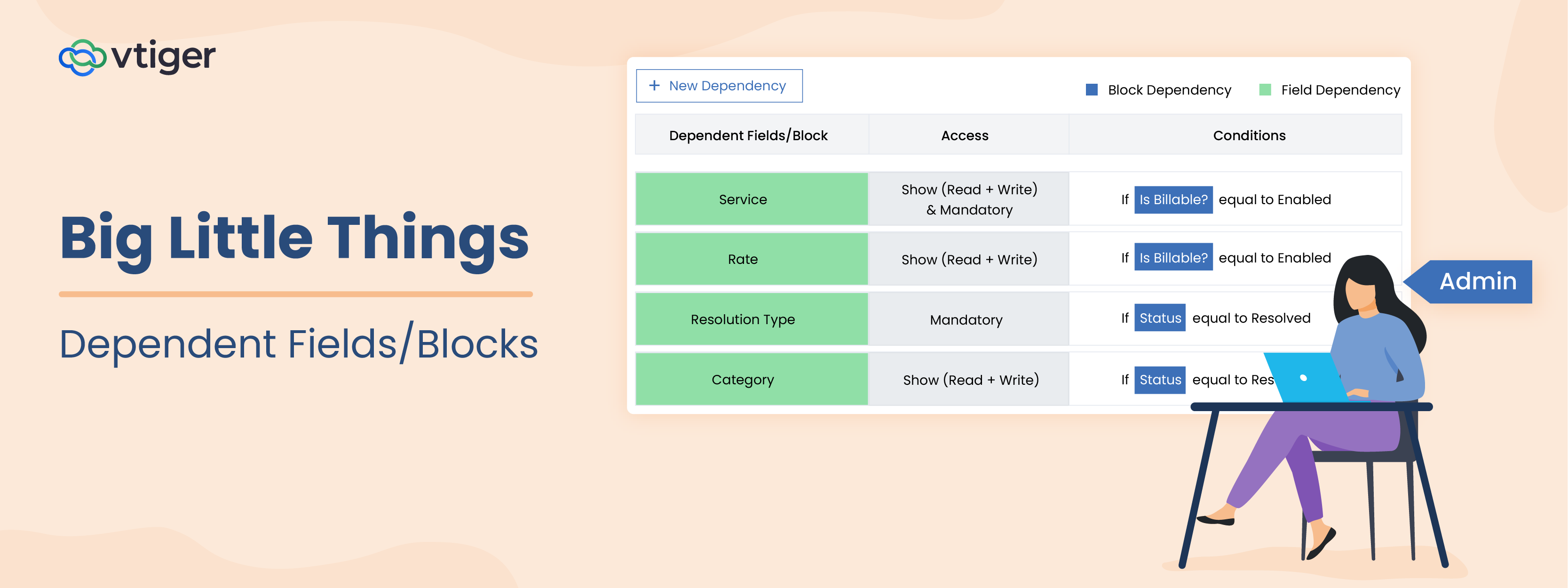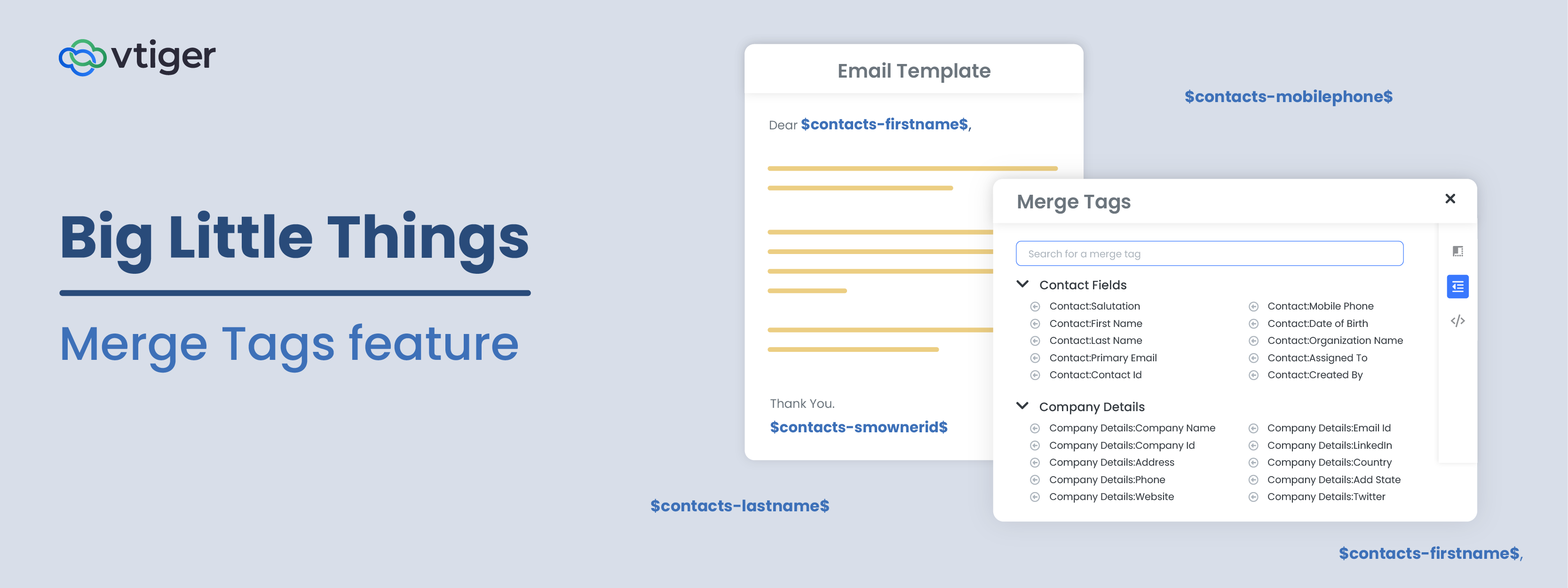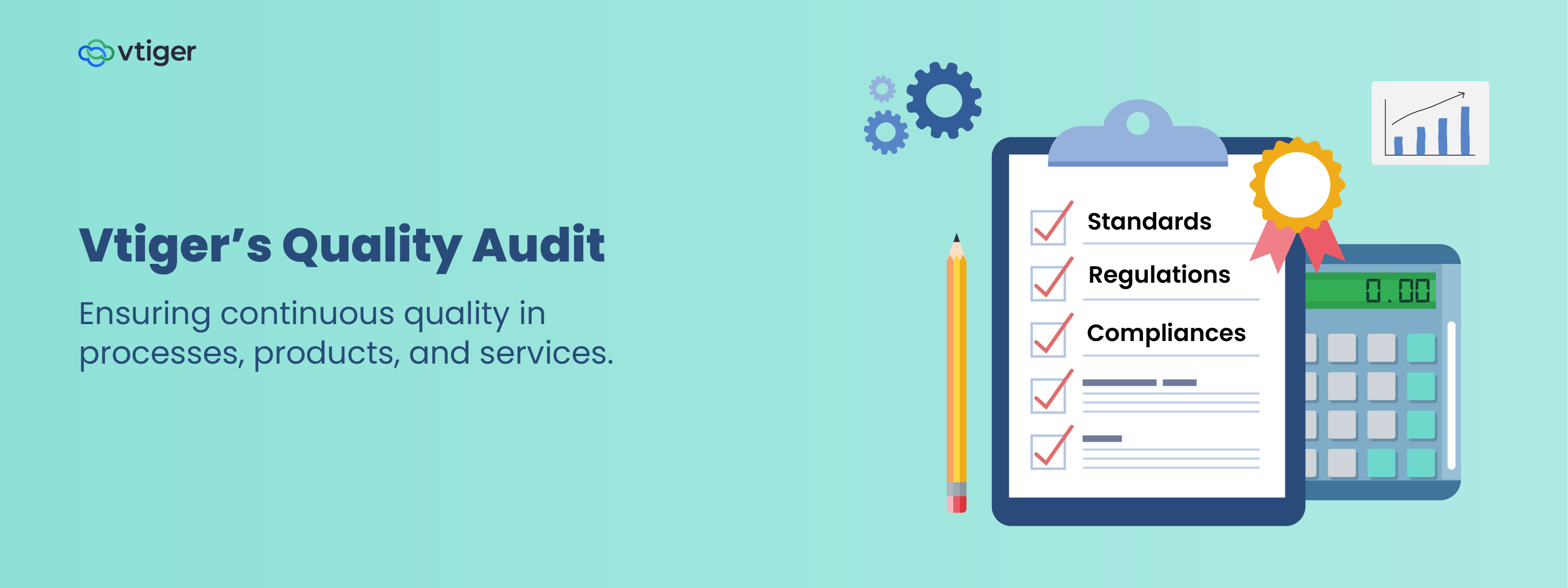The best CRM software has the power to transform a sales team into an organized machine that can effortlessly handle more work, and is steps ahead of every deal. The most important precursor to that level of success is often, strangely enough, finding software that you and your team will actually use. Let’s focus on that point for a second.
Companies do invest heavily in CRM software, but it’s often poor end-user adoption that results in no growth in team and employee performance. A study by the Gartner Group found that businesses spent nearly $20 billion on CRM in 2013. The adoption rate by end users, however, was less than 50 percent. When sales reps, the real users of CRM, don’t record their daily activities like calls made, meetings scheduled, and notes from these calls and meetings in the CRM, the later stages of sales cycle end up bogged down by searches for information in emails and post-it notes. This bleeds into far-too-often references to memory to make business-critical decisions, and results in lost opportunities and revenue. Inaccurate and incomplete CRM data also leaves sales managers in a lurch when evaluating the health of sales deals, or their employees’ performance. The gap between the sales reality and managers’ perceptions eventually results in poor sales forecasts and the inability to take corrective action.
To ensure that sales reps buy-in, CRM decision makers must involve them in the selection process. Managers must meet the stakeholders to analyze the needs and answer a few questions early in the CRM selection process.
Here are 6 questions that the CRM evaluators should contemplate to assess its business fit:
1. What problems do I want to solve with the CRM?
Most of CRM systems solve similar general business problems. These include letting managers see their sales team’s activities, providing visibility into the sales pipeline, and acting as a central repository for customer data which otherwise is spread across disparate systems across the business.
Every business, however, has unique needs that not all CRMs can solve. For instance, one of our customers wanted to have a single CRM for her 3 companies which each had their own logos. All of the CRMs she tried before Vtiger only let her create reports, quotes, and emails with one logo. Vtiger helped her solve this problem with Print templates and Email templates which let her use any of the 3 logos. Identify such unique business problems and select a CRM that can help you solve that.
2. Does the CRM support customization?
Most CRMs cater the average business models well, but very specific ones, not so much. This means that they have a ton of general features built right in. That can be a double edged sword because while it’s nice to have features, if you don’t use them, they end up becoming bloat that have to browse through to get to where you’re going in the system. Meanwhile, specific features that your business might need are nowhere to be seen. Customizability ensures that you can build exact system you need, no less or no more, and can evolve with you as you grow.
Vtiger allows you to create, edit, and hide fields, features, and workflows to match your specific business needs. The ease of customization has helped our customers store and manage extra information which otherwise would not be possible. Not to toot our own horn, but here’s what another customer says – “Vtiger flexibility (is the best). Creating modules from scratches or editing existing ones, can fit any kind of company, whether a product based, service based or mixed”. Yet another customer says, “Instead of having to tailor our business model to fit into an existing CRM, we’ve been able to tailor Vtiger to fit our business model”.
3. Does the CRM promote user adoption?
Once the CRM is fully implemented, the users must be trained to use the system. A CRM contains many features and the user will need some time to learn all of them. Though the CRM administrators train CRM users with some routines, guidelines and best practices for using the system, there must be some help available to users always in case they hit a roadblock. The CRM must be intuitive and easy to adopt.
Vtiger provides in product assistance to users with user guides and guided tours. Vtiger CRM experts will always be available on live chats, emails, and phone calls to help users get ahead of the road blocks. In the words of yet another customer – “Vtiger CRM has a handy tutorial to help you get the most out of the system, gradually make your way through the system and if you need help the support is always on hand.”
4. Does the CRM system integrate well with the softwares that you already use?
Sales reps in their day-to-day activities use various tools and applications to get things done. For instance, some sales reps use Gmail to communicate with customers and some others use Xero to create quotes and invoices. Pressurizing them to throw off these tools and insisting on using only the CRM can encounter resistance and poor CRM adoption. The CRM you choose must allow sales reps continue working with the tools they love while allowing managers to monitor those activities.
Vtiger integrates with various 3rd party tools that enables easy exchange of data between the systems to streamline business process. Vtiger’s integration with Zapier lets you seamlessly connect Vtiger with more than 400 applications connected to Zapier. Our customer has successfully connected his company’s accounting, e-commerce, email marketing platforms to Vtiger through Zapier to streamline the business process. This way Tim can still monitor activities of his sales team without having to ask them to leave the tools they love to work with.
5. How much of the manual tasks can be automated?
One of the main reasons why sales reps resist CRM is because of time-consuming manual data entry process. Sales reps rather spend their time building the relationship with their leads and strategizing sales process than entering data into the CRM. Manual errors in during the data entry process create a data dumpster that sales reps can never rely on – creating a low user adoption rate. The CRM you pick must help sales reps capture data with minimum manual data entries.
Vtiger makes data capture an effortless process. For instance, Vtiger’s Mailroom feature automatically creates contact, organization, and opportunity records from emails and directly assign it to the sales rep to follow-up. Set-up workflows to trigger reminders and notifications when sales rep’s attention is required to ensure no opportunity falls through the crack. One customer has been using Vtiger to run a construction business and says that Vtiger workflows run their company. “Our workflows run our company. From lead acquisition to receiving the final payment from our customers. Our sales teams use it to create estimates and track job progress. Our Production Dept. uses it for ordering materials and scheduling installations. Our Acct. Mgr Dept. uses it to handle invoicing and collections. Everything is streamlined.”
6. How easy is it to find information in the CRM?
As the CRM becomes the central repository of all customer related data, it must allow sales professional to easily pull information across records. While most CRMs lets users access related records in a few clicks, searching for call or meeting notes in a short time is not easy. As a result sales professionals feel discouraged to take notes – throwing away some crucial customer information.
With Vtiger’s global search feature, CRM users can search for anything in the CRM. The text-based lookup requires the user to just type the keyword he or she is looking for and search results will fetch all the records, from contact to comment, that contains the keyword. A customer that has been using Vtiger for over 4 years now, is excited about this feature – “Their global search feature is amazing. You can find anything and anyone in a second while on the phone with a customer. Makes you look like a magician.”
Sign-up for a 15 days free trial to explore Vtiger’s powerful features that accelerate your sales process. Have any questions? Feel free to drop a comment.



